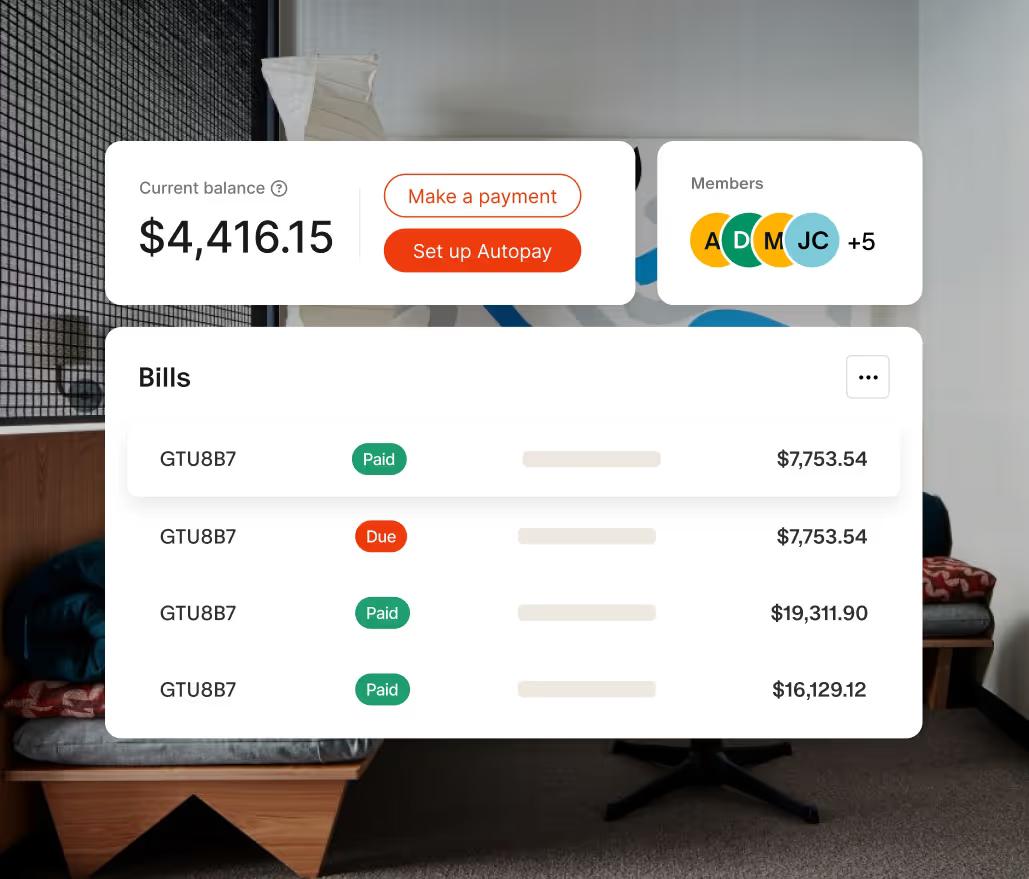How to Write a Car Allowance Policy for Field and Project-Based Roles

You already know the grind: chasing fuel receipts that blow away in the wind, patching together mileage logs after a fourteen-hour shift, then waiting weeks for payroll to sort it out.
Your construction foreman drives 200 miles between job sites but gets reimbursed the same rate as someone who visits one client per week.
Your sports team coordinator burns through tank after tank getting athletes to tournaments but tracks expenses the same way as someone making monthly client visits. Your logistics dispatcher covers three states managing driver routes but submits the same mileage forms as an office worker.
Most car allowance rules were written by people who never leave a desk. They treat field workers like office employees who occasionally drive to meetings. Manual paperwork delays reimbursement, and one typo in mileage logs turns a non-taxable benefit into taxable income.
To stay compliant and keep crews happy, you need a policy built for dust, traffic, and shifting project timelines.
What a Car Allowance Typically Covers
Your crew drives personal trucks to three job sites before lunch, your team coordinator hits four tournament venues in one weekend, or your driver covers 500 miles checking delivery routes.
In each case, payroll cuts a monthly check to "cover the vehicle." That's the car allowance - a fixed vehicle stipend that shows up every pay cycle regardless of miles driven.
One predictable number to offset fuel, insurance, maintenance, wear-and-tear, and registration fees. Field teams like certainty, and finance likes predictable budgets.
The key difference: office workers use cars to get to work, but field workers use vehicles to do the work itself.
Fixed Allowance vs. Mileage Reimbursement: How to Choose
Take your monthly payment and divide by miles driven. Compare that to the current IRS rate of 70 cents per mile for 2025.
The break-even formula: Monthly allowance ÷ $0.70 per mile = break-even miles
Example: $400 allowance ÷ $0.70 = 571 miles per month. Drive more than 571 miles and mileage reimbursement costs you more.
When Car Allowances Win
Field teams driving more than 1,000 miles monthly make allowances the clear winner. At 70 cents per mile, you're cutting $700 reimbursement checks before admin costs. A $500 monthly allowance saves $200 per high-mileage employee while eliminating receipt tracking.
Scale across a construction crew of 10, sports organization with 8 coordinators, or logistics team of 15 dispatchers and you're looking at serious monthly savings.
When Mileage Makes Sense
Some field work swings too hard for fixed payments. Pipeline crews might drive 2,000 miles chasing emergency repairs one month, then stay at one site for six weeks. Sports teams travel to three out-of-state tournaments one month, then only local games the next.
Geography matters too. Rural operations covering hundreds of miles daily versus urban teams with shorter routes.
Tip: Track mileage for three months before deciding. Use your actual rate, not necessarily the IRS maximum.
Tax and Legal Requirements You Can't Ignore
Skip compliance and the IRS treats your vehicle stipend like extra wages - plus penalties.
IRS Plans: Accountable vs. Non-Accountable
Accountable plans: Employees document business use and return excess allowances. Company deducts as business expenses, employees pay no income tax on allowances.
Non-accountable plans: Allowances become taxable income subject to all payroll taxes, but no documentation required.
Most field companies choose non-accountable plans because tracking business vs. personal use becomes impossible when vehicles serve as mobile offices.
State Compliance Requirements
Check your state Department of Labor for specific requirements:
- Employment agreement disclosure language
- Tax treatment differences
- Workers' compensation calculations
- Overtime exclusions
Legal Mistakes to Avoid
Never call allowances "reimbursements" in policy documents - the IRS treats these differently. Don't require specific vehicle purchases; employees must independently own or control their vehicles.
6 Steps to Building Your Car Allowance Policy
Step 1: Analyze Current Costs by Role
Track mileage reimbursements for three months by role. Use the break-even formula to identify where allowances save money. Focus on consistently high-mileage roles.
Step 2: Set Allowance Amounts Using Market Data
Survey local competitors or check regional salary surveys. Construction supervisors in Texas might need $500 monthly, sports coordinators managing state tournaments $450, logistics managers covering regional territories $600. Adjust for local vehicle costs and distance requirements.

Step 3: Write Vehicle and Insurance Standards
Create specific, actionable requirements:
- "Construction roles: Pickup truck or SUV with 1,500-pound payload capacity and four-wheel drive."
- "Sports coordination: Reliable vehicle with equipment cargo space, maximum 10 years old, working A/C for athlete safety."
- "Logistics management: Fuel-efficient highway vehicle, maximum 8 years old, GPS-capable."
- "All roles: Minimum $500,000 liability insurance with business use coverage. Annual proof required."
Step 4: Define Geographic Boundaries
Set clear coverage areas: "Vehicle allowance covers business travel within 150 miles of headquarters," "Tournament region including Jones, Smith, Williams counties," or "Regional territory spanning Colorado, Utah, Wyoming."
Multi-state operations need specific state coverage and extra insurance requirements.
Step 5: Write the Policy Document (Or Use This Template)
"Company provides monthly vehicle allowances to field employees in lieu of mileage reimbursement. Allowances appear as taxable income in regular paychecks.
Monthly amounts by role: - Construction Supervisors: $500 - Sports Coordinators: $450 - Logistics Managers: $600 - Field Technicians: $400
Vehicle Requirements: Reliable personal vehicles appropriate for role requirements and territory. Minimum $500,000 liability insurance with business use coverage.
Coverage: All business vehicle use within assigned territories. Employees retain personal use rights.
Annual adjustments based on role changes, territory modifications, or market conditions."
Step 6: Configure Payroll and Tax Compliance
Include allowances as taxable wages in W-2 Box 1, subject to all payroll taxes. Update job descriptions and offer letters to reference vehicle allowance eligibility.
Roll Out a New Car Allowance Policy Without Chaos
Announce 60 days early: Explain tax implications clearly - many don't realize allowances increase taxable income.
Handle existing leases: Employees with expensive leases might lose money switching. Consider grandfather periods.
Run parallel systems: Process both mileage and allowances for one month so employees see paycheck differences.
Address concerns quickly: Clear communication prevents rumors about losing money or unexpected tax bills.
Keep Costs Down Without Cutting Corners
Review effectiveness every six months. Watch for red flags like increased reimbursement requests or vehicle cost complaints. Adjust amounts based on actual usage patterns.
The choice comes down to driving patterns and paperwork tolerance. High-mileage field roles benefit from allowances that eliminate receipt chasing. Variable-mileage roles might need per-mile precision.
Either way, a clear policy saves project managers hours weekly and keeps crews focused on work instead of expense reports. That's time field teams can spend getting projects done, winning tournaments, or moving freight efficiently.
Field operations have enough complexity without administrative burden. At Engine, we understand field teams need systems built for job sites, tournament venues, and distribution centers, not conference rooms.
Ready to eliminate administrative headaches for your field teams? See how Engine helps field operations run smoother.
















.jpg)


















